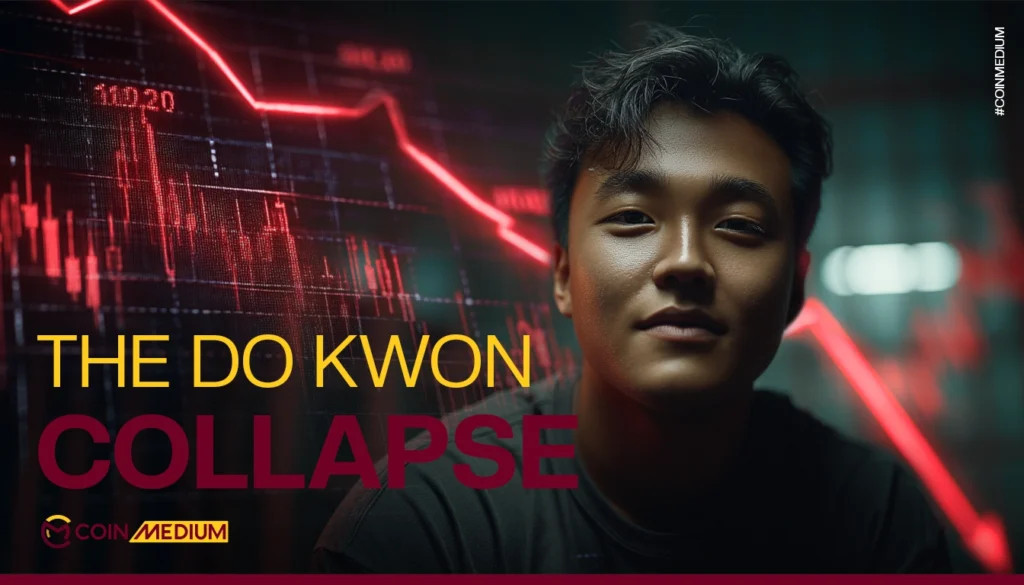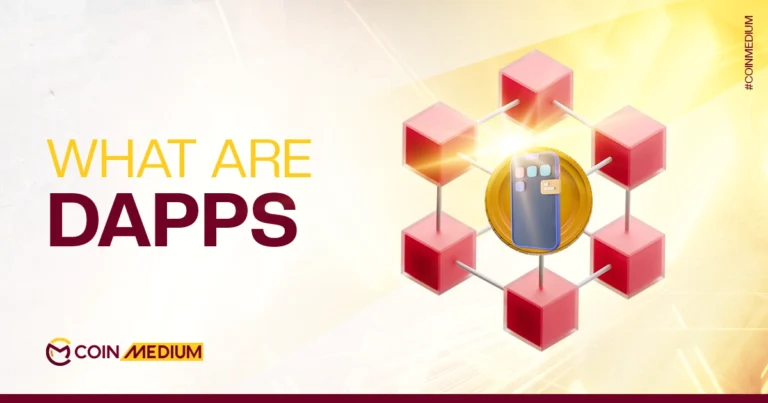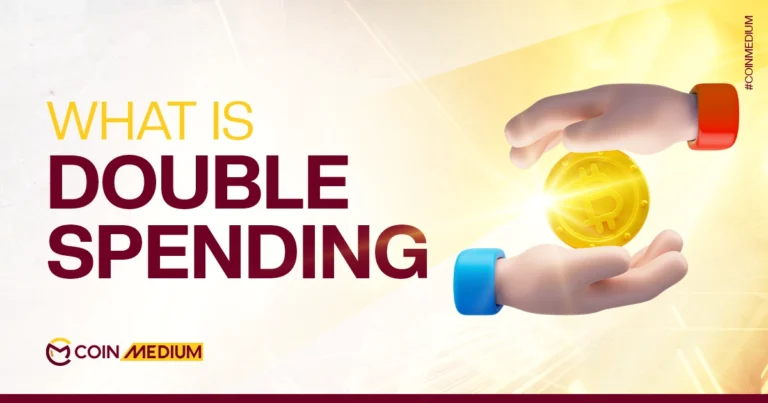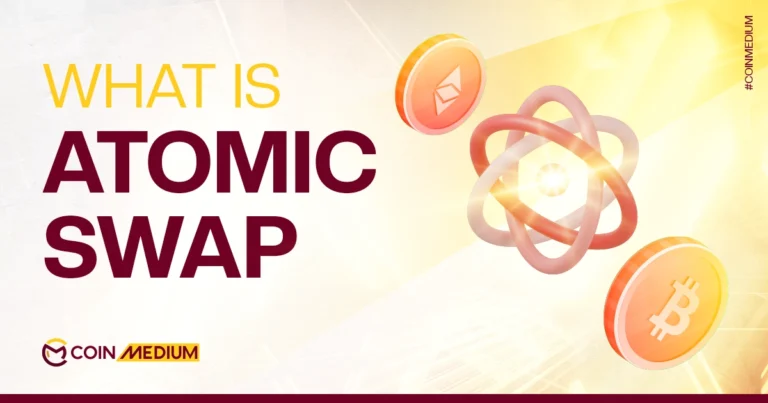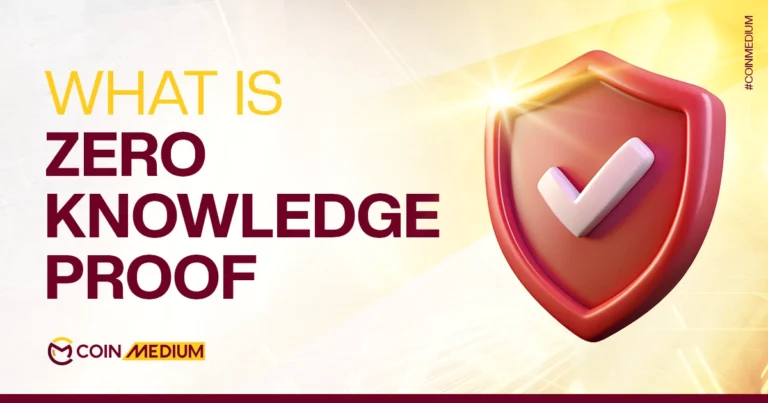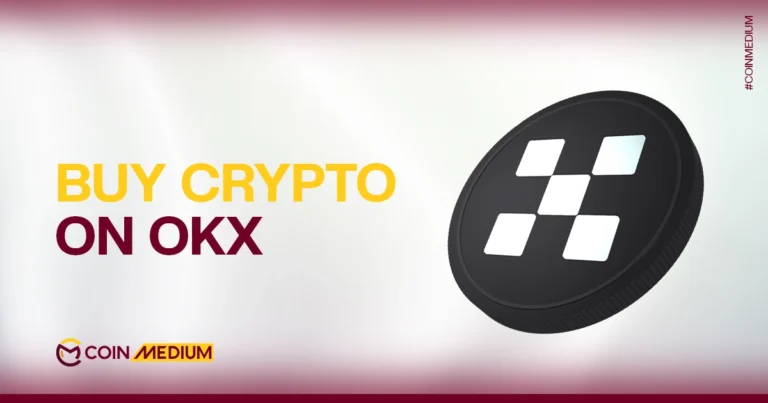- Who is Do Kwon and how he rose to prominence in the cryptocurrency world
- How Kwon’s algorithmic stablecoin system was designed to work under the umbrella of Terraform Labs
- What caused the catastrophic collapse of his system and how did it adversely impact millions of people worldwide
- What were the financial repercussions of the collapse
- What are the legal consequences and personal fallout for Do Kwon
In May 2022, more than $40 billion vanished within days. The man responsible for this sits in an American jail today, waiting for his trial. His name is Do Kwon, and his story shows how brilliant minds can also create devastation.
The Making of a Crypto Fraudster
Do Kwon didn’t start as a criminal. Hailing from South Korea, he graduated from Stanford University with a computer science degree and had the skills to build amazing technology. Smart and confident, Kwon seemed perfect to lead the next wave of digital money innovation.
After college, Kwon started several tech companies before focusing on cryptocurrency. He moved to Singapore and founded Terraform Labs with a promise – to create a new type of digital money that stayed stable without needing real dollars to back it up.

Most experts asserted this was impossible. Stablecoins like USDC work by keeping actual dollars in bank accounts. For every digital coin they create, they store one real dollar as backup. Kwon claimed he could do the same thing using only computer codes and math.
Building A Digital Empire That Actually Didn’t Exist?
Kwon raised millions from big investors who believed in his vision.
His plan used two digital tokens that worked together like a balancing scale.The first token, called TerraUSD (UST), was supposed to always equal one dollar. The second token, called LUNA, could rise and fall in price like other cryptocurrencies. He created the Terra blockchain ecosystem to do this trading with Anchor Protocol being a key component of this.
Here’s how Kwon said his system worked: When UST traded for more than a dollar, computers would create new UST coins and destroy LUNA coins. When UST traded for less than a dollar, people could swap their UST for one dollar’s worth of LUNA coins. This back-and-forth trading would keep UST stable at exactly one dollar.
The idea caught fire. By early 2022, UST became the world’s third-biggest stablecoin. LUNA coins reached over $90 each. Together, both tokens were worth more than $50 billion. Kwon became one of crypto’s biggest celebrities.
The Hidden Trap In This System
But Kwon’s system had a fatal flaw that many experts had spotted very early. Unlike collateralized stablecoins backed by an asset like fiat currencies, commodities and even other crypto currencies, UST’s stability depended entirely on people believing it would work.
UST’s value totally depended on the complicated dynamics between the two tokens of Kwon. If too many people wanted to sell their UST at once, the system would create massive amounts of LUNA tokens to try to keep balance. But flooding the market with LUNA tokens would make each one less valuable, which would make it harder to support UST’s price.
Critics called this a “death spiral” waiting to happen. If confidence ever broke, both tokens could become worthless very quickly. Kwon dismissed these warnings and even mocked critics on social media.

The Three-Day Disaster Which Made History
However, the warnings came true in May 2022. On May 7, large investors started selling their UST coins, pushing the price below one dollar. This triggered the automatic system meant to fix the problem.
The computer program started creating huge amounts of LUNA coins to bring UST back to one dollar. But instead of fixing anything, this made everything worse. The flood of new LUNA coins made each one worth less and less.
As LUNA’s price fell, it became harder to support UST’s value. More people panicked and sold their coins. The system created even more LUNA coins, making the problem worse. Within three days, both coins lost almost all their value.
LUNA, worth $80 just weeks before, became practically worthless. UST, supposed to be as stable as the dollar, traded for just pennies.
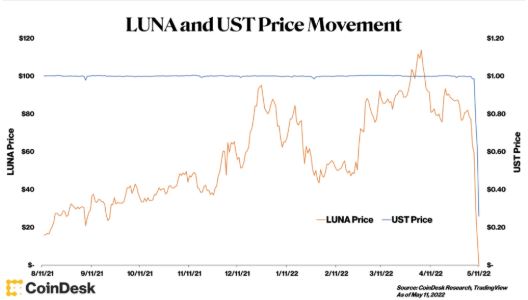
The Damage spread like A Plague
Terra’s collapse spread like a virus through the entire crypto industry. It not only resulted in a direct loss of $45 billion but also contributed to a broader market decline, leading to a total loss of approximately $300 billion in the global cryptocurrency market.
Major cryptocurrencies like Bitcoin and Ethereum saw a big fall in their prices. Bitcoin fell below $30,000. The panic also spread to other experimental stablecoins, and even traditional stablecoins briefly lost their dollar value as investors questioned everything.
The event exposed systemic risks in algorithmic stablecoins and prompted a wider market sell-off. Crypto hedge funds and lending platforms such as Celsius and Three Arrows Capital, which had exposure to Terra, also collapsed.
The Terra collapse helped trigger the “crypto winter” of 2022, which was basically a long period of falling prices
Real People, Real Pain, All Due to Something Unreal
The numbers tell only part of the story. Real people lost their life savings, retirement money, and children’s college funds. Social media was filled with heartbreaking stories. Parents wrote about losing money saved for their children’s education. Retirees watched their hard earned money disappear. Some people even mentioned harming themselves because of their losses.
Terra’s collapse catalyzed legal action worldwide. Prosecutors claimed Kwon secretly arranged third-party financing when UST first lost its peg in 2021, then publicly attributed the recovery to algorithmic mechanisms.
The US Securities and Exchange Commission (SEC) charged Do Kwon with orchestrating a multi-billion dollar crypto asset securities fraud. In Singapore, hundreds of investors filed lawsuits claiming $57 million in losses. Furthermore, approximately 200,000 South Korean Luna investors, and groups of Korean investors announced that they would be filing a class-action lawsuit against Terraform Labs.
In December 2022, federal prosecutors also launched an investigation into whether Sam Bankman-Fried, the founder of crypto currency derivatives exchange FTX, had manipulated the prices of TerraUSD and Luna.The investigation was part of the broader federal investigation into FTX’s collapse and the misuse of customer funds.
During this investigation he was also questioned about manipulating the prices of TerraUSD and Luna cryptocurrencies to benefit entities he controlled, specifically FTX and Alameda Research.
The allegations centered on the possibility that Bankman-Fried shorted Terraform Labs’ Luna token and dumped too many sell orders on terraUSD right before it collapsed. Prosecutors investigated whether he and his hedge fund orchestrated trades in a way that led to the collapse of both the cryptocurrencies. The investigation also looked into whether this constituted illegal market manipulation.
While Bankman-Fried was ultimately convicted on fraud charges related to FTX, but he was not specifically charged or convicted for the TerraUSD and Luna price manipulation allegations.
A Manhunt began after he fled without having an ounce of guilt
Meanwhile, after dissolving Terraform Labs’ Korean entity, Kwon reportedly fled to Singapore, then Serbia, before his capture in Montenegro.
The choice of Montenegro wasn’t accidental. The Balkan nation lacked extradition treaties with both South Korea and the US, making it a perceived safe haven. Kwon’s arrest at Podgorica Airport, carrying forged documents, ended his international flight.
His legal team’s subsequent maneuvering through Montenegro’s court system delayed but couldn’t prevent extradition. Both the US and South Korea wanted to put Kwon on trial. After 18 months of legal fighting, the US government won. Montenegro sent Kwon to America in December 2024.
Facing the American Justice System
Kwon now sits in a US jail, facing eight serious criminal charges including securities fraud, wire fraud, and conspiracy. He has pleaded not guilty to all charges, but prosecutors say they have strong evidence against him.
If convicted on all charges, Kwon could face a maximum sentence of up to 130 years in prison. He has already agreed to pay over $200 million in civil penalties to settle some charges.
His criminal trial starts in January 2026. Prosecutors will try to prove Kwon deliberately lied to investors about how UST worked and knew his system would likely fail. His lawyers will probably argue he genuinely believed in his technology and that market panic, not fraud, caused the collapse.
The SEC has already reached a settlement with Terraform Labs and Kwon, totaling approximately $4.47 billion. However, due to Terraform Labs’ bankruptcy filing in January 2024, much of the settlement amount will be treated as an unsecured claim in the bankruptcy case. The actual recovery for investors will depend on the outcomes of the bankruptcy proceedings
The “Sad” Ending of A “Genius”
The legal processes may take a few years. The outcome could set important rules for how courts handle crypto crimes. Meanwhile, the crypto industry continues evolving. Regulators worldwide have created new rules to prevent similar disasters.
As Kwon awaits trial, his legacy is already clear. The brilliant programmer who promised to revolutionize money became a symbol of fraud. His story remains one of the industry’s darkest chapters – a permanent reminder that innovation without responsibility leads to catastrophe.

